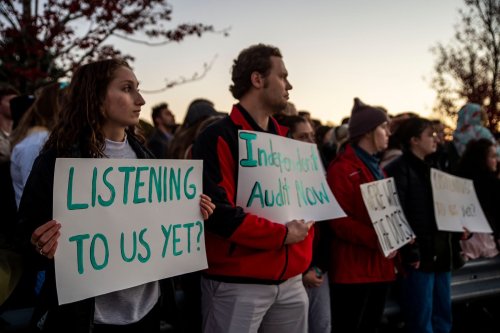

It was so overgrown with weeds that, except for certain areas, it left a scandalously derelict and frightening impression. An old woman with a dirty ball cap, who seemed a bit deranged, guarded the cemetery, helped out by a gang of dogs. When I visited in late 2013, I was almost completely alone among the graves. As a plaque read: The victims were starved and suffocated in the “train of death” and elsewhere “butchered” by frenzied Iron Guardsmen and others: “… the moon shall be confounded, and the sun ashamed.” (Isaiah 24:23) Also nearby, amid the assemblage of mottled and weather-stained tombs of a whole Jewish civilization going back centuries here, was a monument of more recent vintage: to the 36 Jews - 15 men, nine women, and 12 children - murdered in the nearby Vulturi forest, during the same pogrom. Adjacent were four long rows of massive cement slabs with Stars of David, symbolically marking the graves of the victims of the Jassy pogrom, which took place in late June 1941 and left thousands dead. This army of gravestones - wide rows and rows of them - marked the burial sites of local Jewish military heroes who died fighting for Romania in World War I.

It is quite literally vast, crowded with graves for hundreds of yards in different directions.

The Jewish cemetery of Jassy, in northeastern Romania, occupies one of the highest spots in the city.


 0 kommentar(er)
0 kommentar(er)
